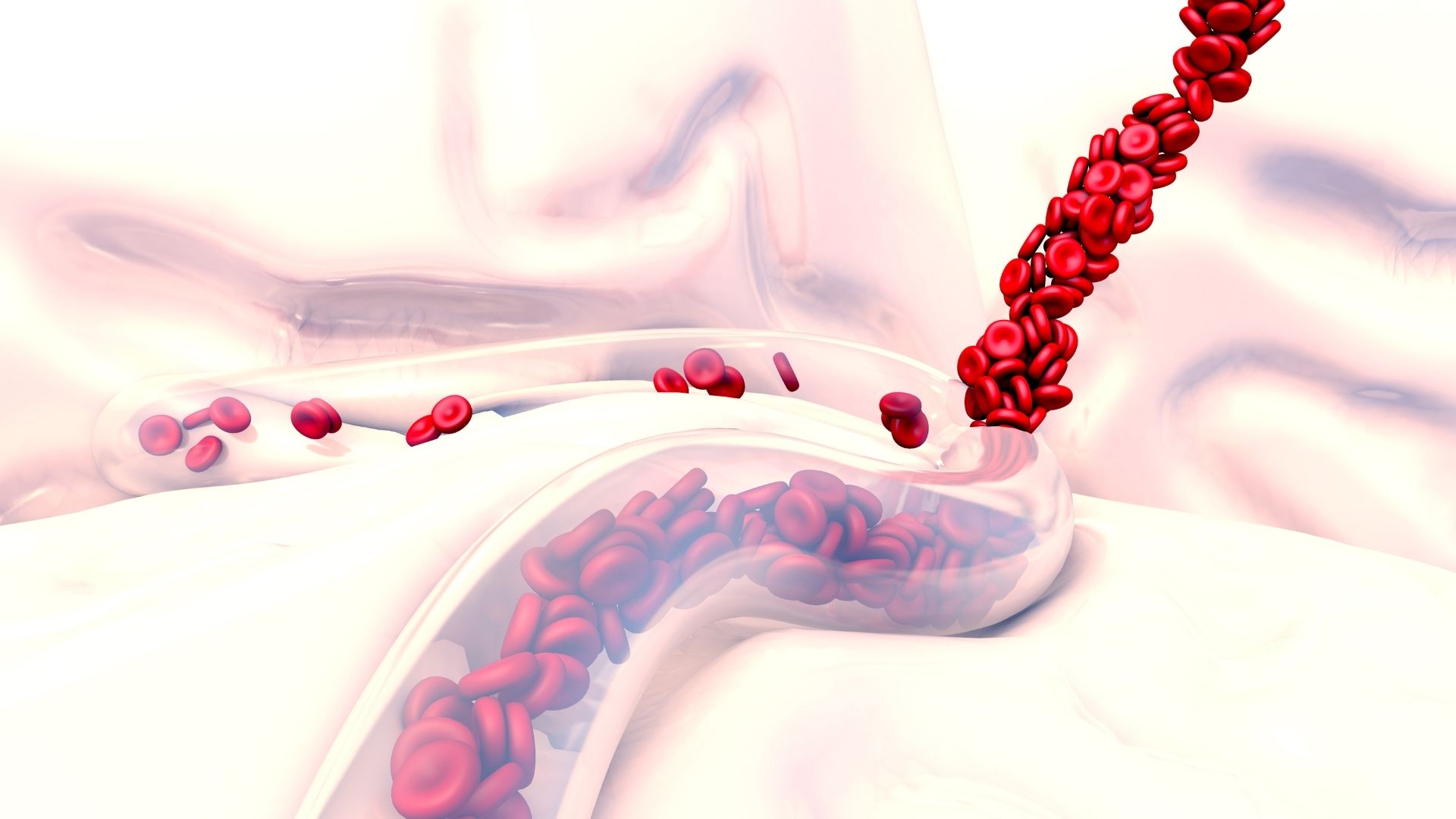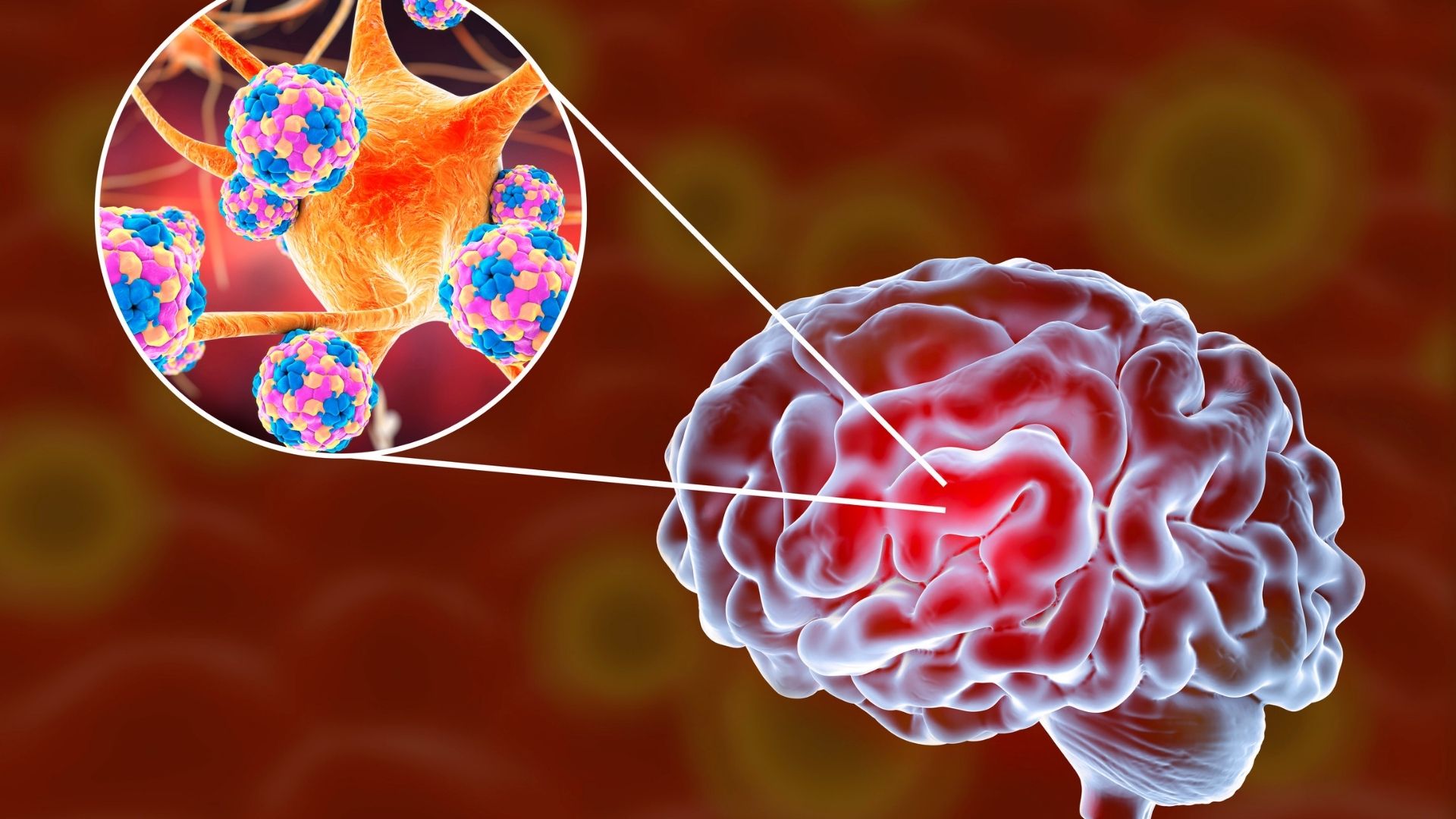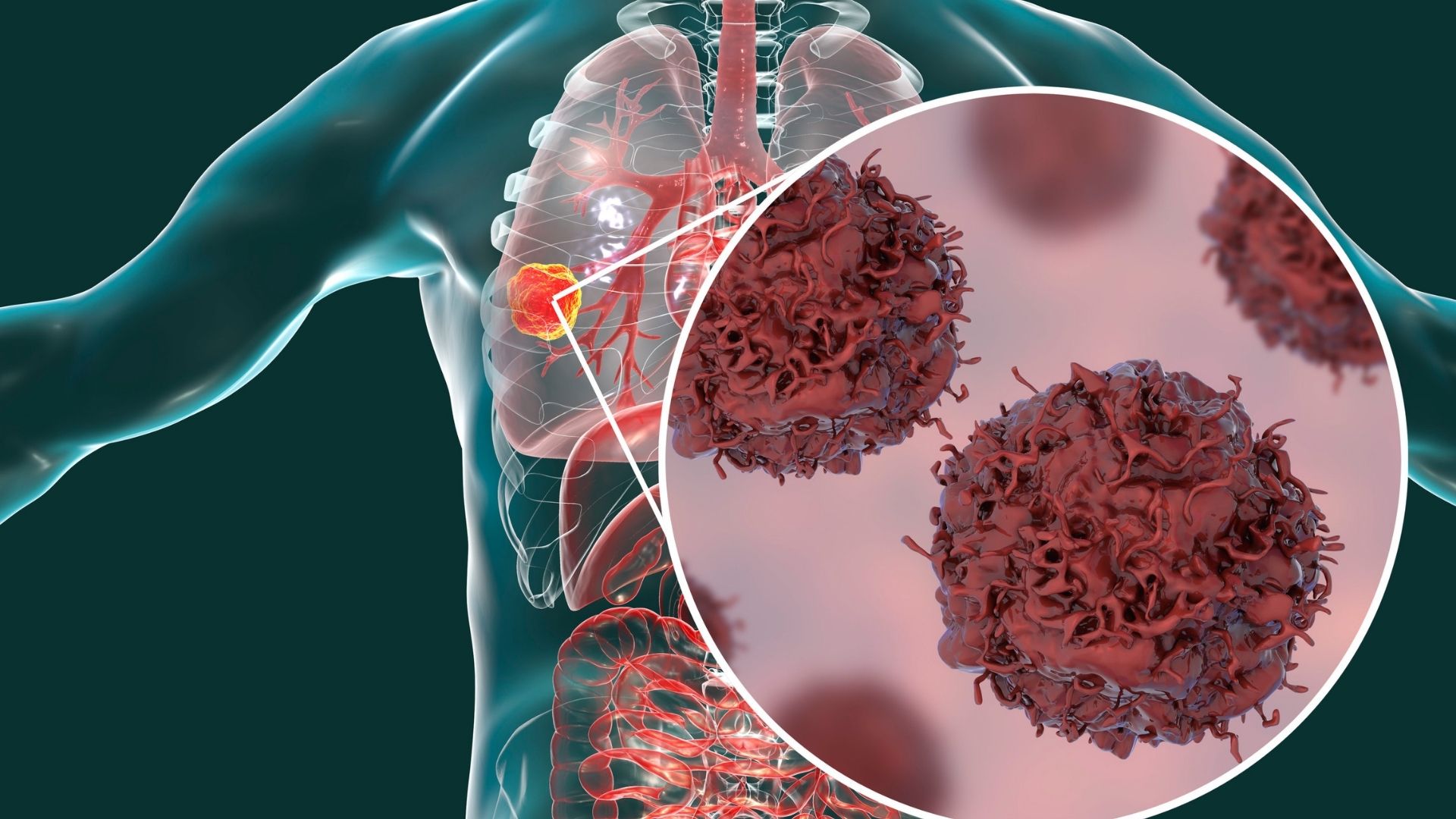What is a Brain Hemorrhage? How to recognize a brain hemorrhage? Life After Brain Hemorrhage? What is the Treatment? What Are the Types of Brain Hemorrhage?
A brain hemorrhage is a serious health problem that occurs inside the skull, in the brain tissue, brain cavities and on the surface of the brain. Approximately 1 million people a year suffer from this dangerous condition. There are many causes of brain haemorrhage, including hypertension, congenital vascular disorders, aneurysms, arteriovenous malformations (AVMs), brain tumors, blood thinners, head trauma, amphetamine and cocaine abuse.
Symptoms of a brain hemorrhage may vary from person to person and may vary depending on the location, severity and the brain tissue affected. In general, however, the symptoms of a brain hemorrhage can be as follows:
Mild confusion, impaired consciousness ranging from stupor to coma
Severe headache
Nausea and vomiting
Dizziness
Epileptic seizures
Impaired brain function depending on the area of the brain affected by the bleeding
A brain hemorrhage is not always predictable, so symptoms should be taken seriously and urgent medical attention should be sought. One of the most effective methods to diagnose a brain hemorrhage is brain tomography. Tomography is used to determine the presence and type of bleeding. Tests such as computed angiography, magnetic resonance imaging (MRI) and MR angiography can also help to find the underlying cause of the bleeding.
Treatment of a brain hemorrhage can vary depending on the type and extent of the bleeding and the general condition of the patient. Treatment options may include observation, angiographic interventions and surgery. Rehabilitation and physical therapy are also important after a brain hemorrhage, as brain damage can result in permanent loss of function.
Life after a brain hemorrhage can vary depending on the patient’s condition. In particular, patients who have suffered damage after a hemorrhage may need support and rehabilitation during the recovery process. In addition, the risk of brain hemorrhage can be reduced by taking measures such as controlling blood pressure, avoiding head trauma and quitting smoking.
In conclusion, cerebral hemorrhage is a serious health problem and early diagnosis and treatment are important. Therefore, you should be sensitive to the symptoms and seek medical attention immediately. The treatment and rehabilitation process after a brain hemorrhage may vary depending on the patient’s condition and may require long-term follow-up.



